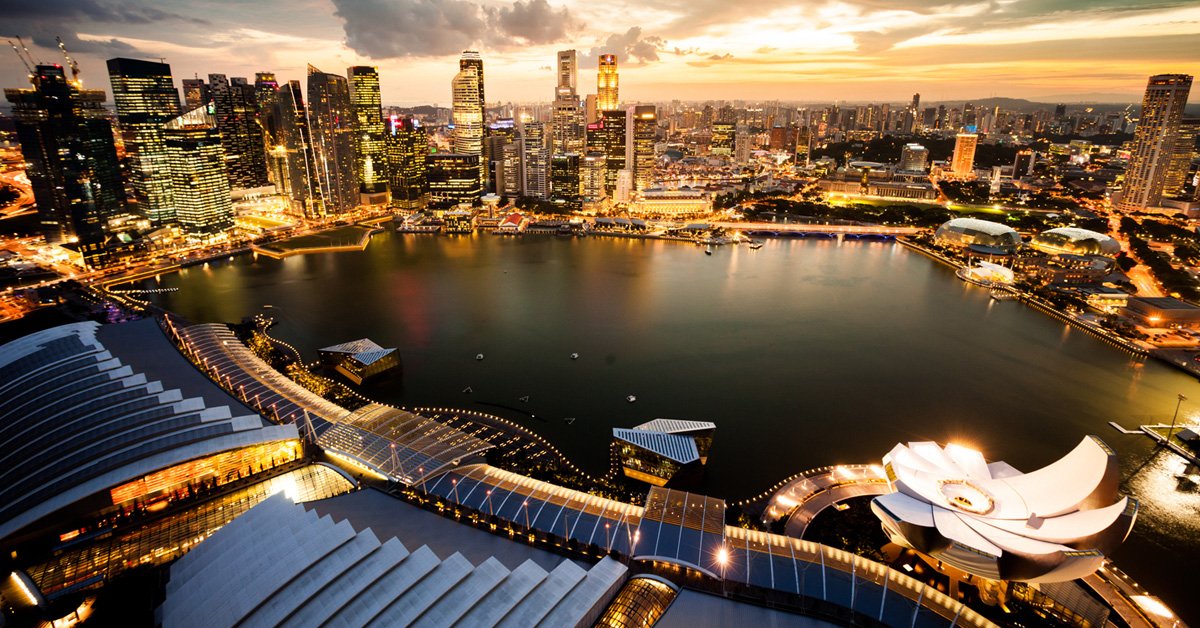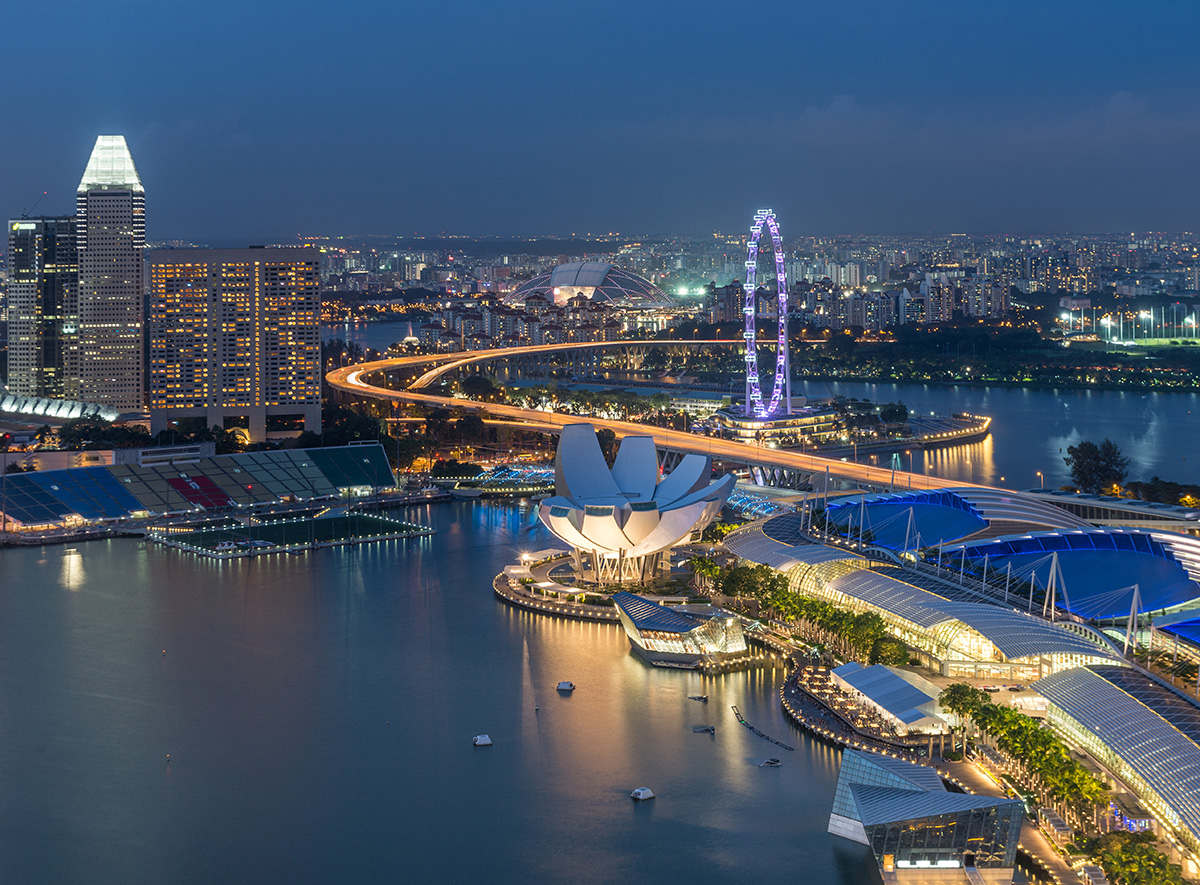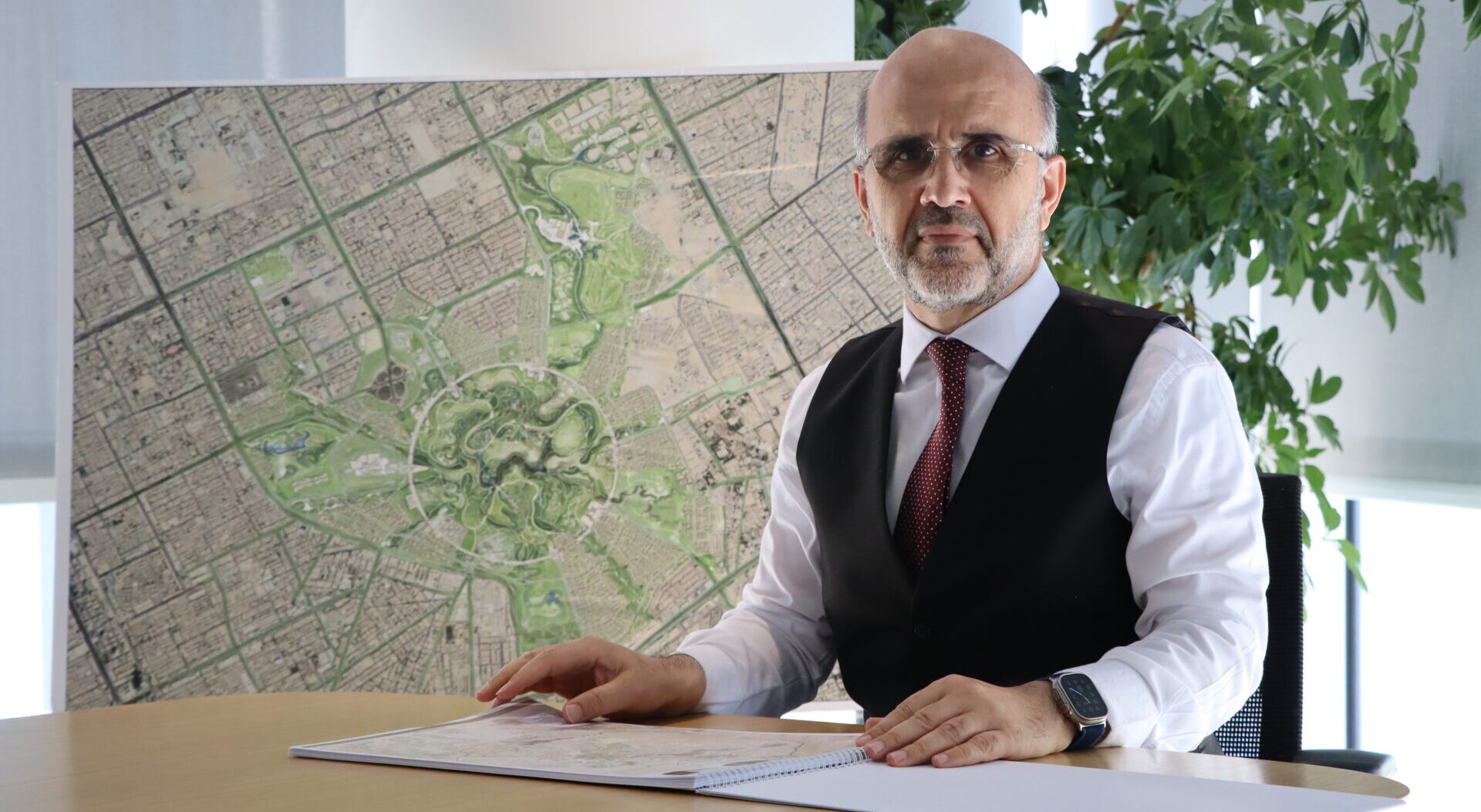 Aerial View Over Singapore Marina Bay. Photo © TommL via iStock
Aerial View Over Singapore Marina Bay. Photo © TommL via iStock .
In this TEDx talk, Singapore’s Housing and Development Board CEO, Dr. Cheong Koon Hean, outlines how new technologies help architects and planners to increase quality of life while simultaneously adapting to a growing population.
The island nation of Singapore is just one example of a modern city that can benefit from smarter uses of space and resources. Dr. Cheong compares the city to a human body in which buildings are muscles, parks are lungs, and roads are arteries. A “smart city” also needs a brain, she says, and that is where embedded sensing and computing technologies come in.
A communicating network of sensors gives the city the capacity to adapt to changing conditions and to optimize its systems for better living. Dr. Cheong shows how powerful this technology can be by walking her audience step-by-step through the development of a new public housing unit in Singapore.
The process begins with a 3D model of Singapore as a whole. Data collected by the sensors allows planners to analyze things like windflow and sunlight patterns, which in turn guides decisions about urban development. Buildings can be sited more appropriately, public spaces made more comfortable, and energy consumption reduced. Precise traffic and transportation data allows planners to better plan the roads and public transit systems.
On the scale of a single building, sensors placed in various areas allow the building systems to adapt to the occupants’ living patterns, facilitating their daily activities and minimizing energy use. For example, lighting and air conditioning levels can be set to reflect patterns of use, and residents can remotely ensure their family’s safety. Potential maintenance issues can be averted before they even become visible.
The embrace of progressive urban planning techniques is absolutely necessary, as Dr. Cheong highlights with respect to Singapore. Some of the same techniques may prove valuable to other cities and nations, such as the rapidly growing cities of Saudi Arabia.








